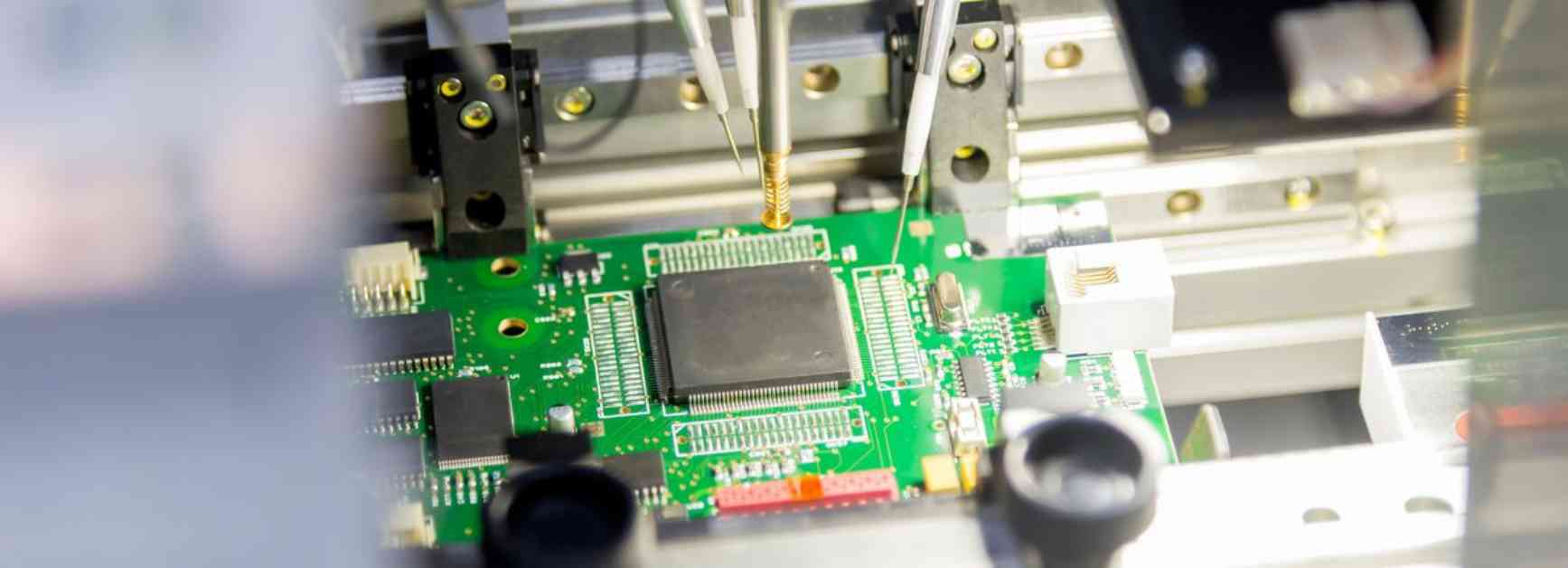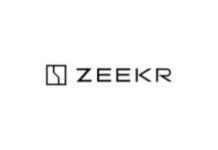In a time when almost half of the companies in Germany have a Price-to-Earnings (P/E) ratio of more than 17, SMA Solar Technology AG (ETR:S92) could be an extremely attractive investment with its P/E ratio of 3.4x. However, we need to dig a little deeper to determine if there is a rational basis for the significantly reduced P/E ratio. SMA Solar Technology has not been performing well lately, as its declining earnings have been lagging behind other companies that have been able to show some growth on average. It seems that many are assuming that the poor profit performance will continue, which has pushed down the P/E ratio. If this is the case, existing shareholders are likely to have difficulty getting excited about the future performance of the stock. Check out our latest analysis on SMA Solar Technology XTRA:S92 Price-to-Earnings ratio compared to the industry on October 14, 2024. If you want to know what analysts are predicting for the future, be sure to check out our free report on SMA Solar Technology. What do the growth metrics tell us about the low P/E ratio? A low P/E ratio like that of SMA Solar Technology is only truly appealing when the company’s growth significantly lags behind the market. Looking back, the earnings per share growth in the past year with a disappointing decline of 2.1% was not exactly a cause for celebration. However, thanks to some very good years before that, the company was able to increase earnings per share by an impressive 330% over the past three years. Although it has been a bumpy ride, it can be said that the recent profit growth for the company has been more than adequate. Estimates from the six analysts covering the company suggest that earnings growth will decline by 30% per year in the next three years. With a projected market growth of 15% per year, this is a disappointing result. Given this information, it is not surprising that SMA Solar Technology is trading at a P/E ratio below that of the market. However, there is no guarantee that the P/E ratio has already reached a lower limit, as earnings are declining. Even maintaining these prices could prove difficult as the weak outlook weighs on the stock. What can we learn from the P/E ratio of SMA Solar Technology? While the Price-to-Earnings ratio should not be the determining factor in whether you buy a stock or not, it is a fairly good barometer of earnings expectations. We have found that SMA Solar Technology is maintaining its low P/E ratio because the earnings forecast is expected to be weak. At the moment, shareholders are accepting the low P/E ratio, as they resign themselves to the fact that future earnings are likely not to offer pleasant surprises. Under these circumstances, it is hard to imagine that the stock price will rise significantly in the near future. We don’t want to give too much away, but we have also found 3 warning signs for SMA Solar Technology (2 of which are concerning!) that you should keep an eye on. It is important to look for a good company and not just the first idea you come across. So take a look at this free list of interesting companies with strong earnings growth in recent times (and a low P/E ratio). Valuation is complex, but we are here to simplify it. Find out if SMA Solar Technology is undervalued or overvalued with our detailed analysis, which includes fair value estimates, potential risks, dividends, insider trades, and the financial position of the company. Access the free analysis. Do you have feedback on this article? Concerns about the content? Get in touch with us directly. You can also send an email to editorial-team(at)simplywallst.com. This article by Simply Wall St is of a general nature. We comment solely based on historical data and analyst forecasts, using an unbiased methodology. Our articles are not intended as financial advice. It does not constitute a recommendation to buy or sell stocks and does not take into account your objectives or financial situation. Our goal is to provide you with a long-term analysis based on fundamental data. Note that our analysis may not take into account the latest price-relevant company announcements or qualitative material. Simply Wall St has no position in the mentioned stocks.
Low P/E Ratio of SMA Solar Technology AG (ETR:S92): No Need to Panic
728









![Indie music fans gather at l’Antipode for [Face B] Kool Things soirée on Saturday night news-15112024-105933](https://shanghainewstv.com/wp-content/uploads/2024/11/news-15112024-105933-218x150.jpg)







